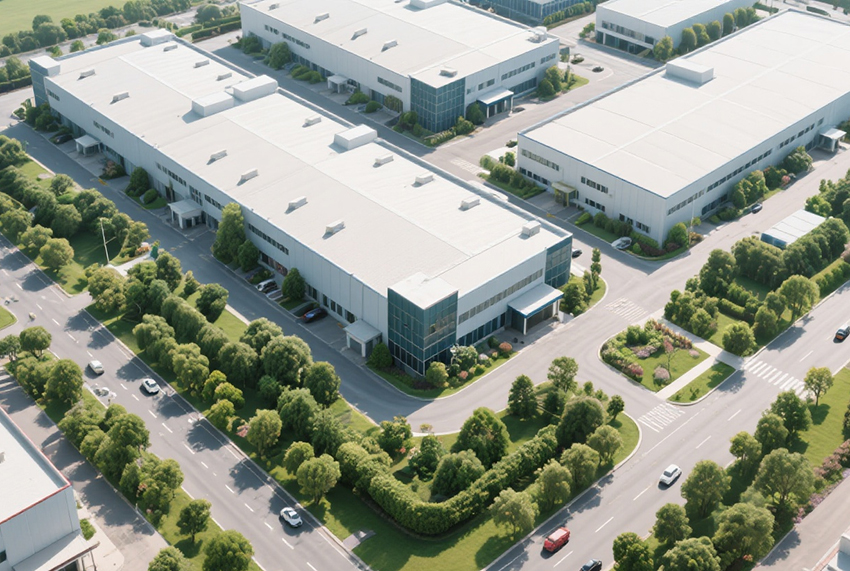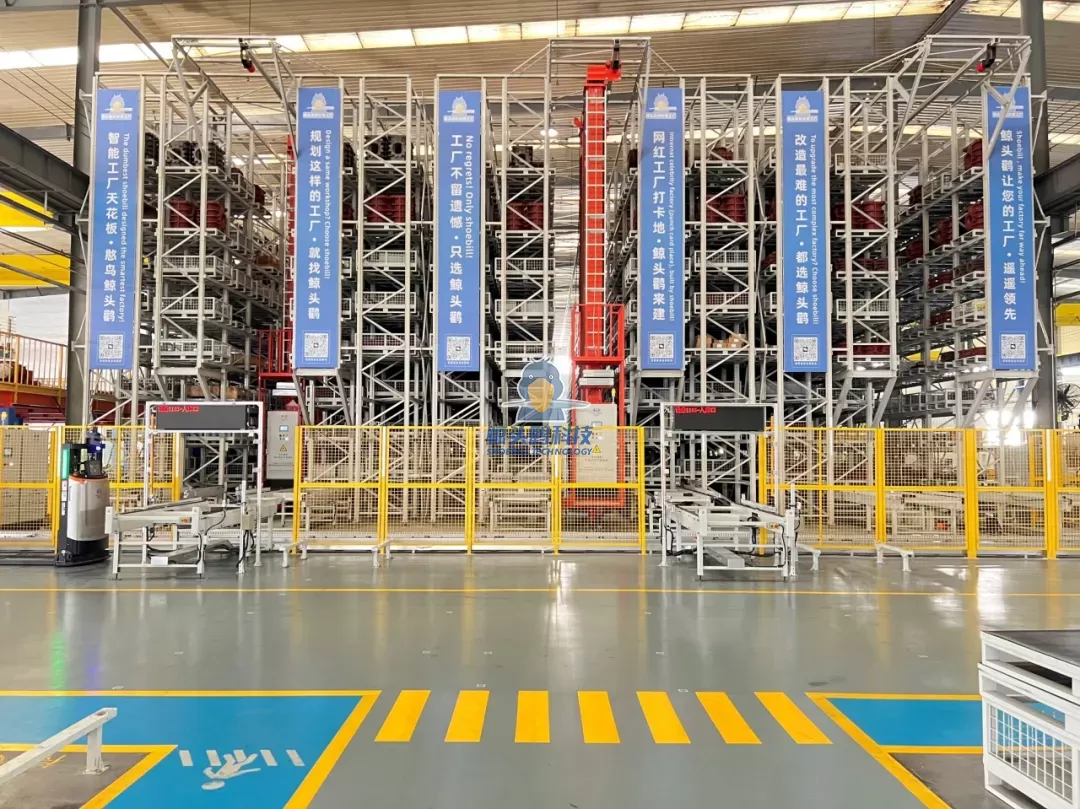In the realm of commercial real estate, safeguarding your investment is paramount. One crucial component of this protection is hazard insurance, a specialized form of coverage designed to mitigate risks associated with property damage. But what exactly is hazard insurance for commercial property, and why is it essential for business owners? This post delves into the intricacies of hazard insurance, its benefits, and considerations for selecting the right policy.
What is Hazard Insurance?
Hazard insurance is a type of property insurance that covers physical damage to commercial properties due to specific perils. These perils typically include fire, theft, vandalism, and certain natural disasters. Unlike general liability insurance, which protects against claims of bodily injury or property damage to third parties, hazard insurance focuses solely on the physical structure and its contents.
The Importance of Hazard Insurance for Commercial Properties
- Protection Against Financial Loss: Commercial properties often represent significant investments. Without adequate hazard insurance, business owners risk incurring substantial financial losses in the event of damage. For instance, a fire could not only destroy the building but also disrupt operations, leading to lost revenue.
- Compliance with Lenders and Investors: Many lenders require hazard insurance as a condition for financing. This requirement ensures that their investment is protected, thereby making it essential for business owners seeking loans or attracting investors.
- Peace of Mind: Knowing that your property is insured against unforeseen events allows business owners to focus on their operations without the constant worry of potential losses.
Key Components of Hazard Insurance Policies
When considering hazard insurance for commercial properties, it’s essential to understand the key components that typically make up these policies:
- Coverage Types: Policies can vary widely in terms of coverage. Some may offer replacement cost coverage, which pays for the cost to replace damaged property, while others may provide actual cash value coverage, which factors in depreciation.
- Deductibles: Most hazard insurance policies come with a deductible, the amount the policyholder must pay out of pocket before the insurance kicks in. Choosing the right deductible is crucial, as a higher deductible can lower premium costs but may lead to higher out-of-pocket expenses in the event of a claim.
- Exclusions: It’s vital to be aware of what is not covered under a hazard insurance policy. Common exclusions may include damage from floods, earthquakes, or acts of terrorism. Business owners may need to purchase additional coverage to protect against these risks.
Selecting the Right Hazard Insurance Policy
- Assess Your Risks: Conduct a thorough risk assessment of your property. Consider factors such as location, building materials, and the nature of your business operations. This analysis will help you determine the level of coverage you need.
- Compare Policies: Not all insurance providers offer the same policies. It’s essential to compare different options, focusing on coverage limits, exclusions, and premiums. Consulting with an insurance broker who specializes in commercial property can provide valuable insights.
- Review Regularly: As your business grows and evolves, so too should your insurance coverage. Regularly reviewing your hazard insurance policy ensures that it aligns with your current needs and adequately protects your investment.
Conclusion
Hazard insurance is a critical component of risk management for commercial property owners. By understanding its significance, components, and how to select the right policy, business owners can protect their investments and ensure operational continuity in the face of unforeseen events. As the landscape of commercial real estate continues to evolve, staying informed about hazard insurance will empower business owners to make sound decisions that safeguard their assets and foster long-term success.



